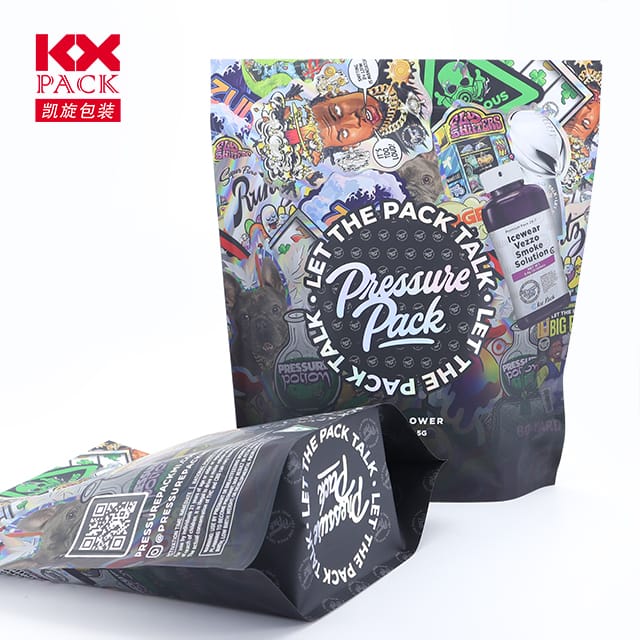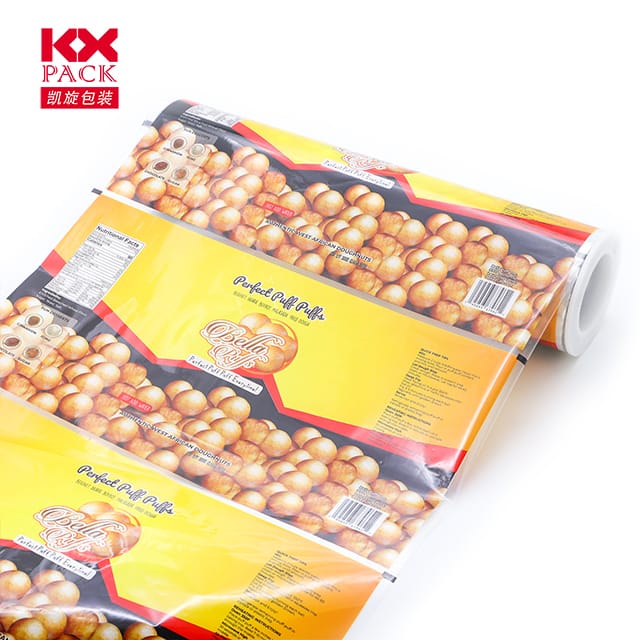An claíomh dúbailte de scannáin phlaisteacha i bpacáistiú bia: Áisiúlacht vs. Inbhuanaitheacht
Scannáin Plaisteacha
In supermarkets worldwide, Filleann scannáin phlaisteacha gach rud ó tháirgí úra go béilí réamh-chócaráilte, úire a chinntiú agus seilfré a leathnú. Ach fós féin, Mar imní chomhshaoil, iad seo trédhearcach, ábhair ildánach aghaidh a thabhairt ar ghrinnscrúdú. Déanaimis iniúchadh ar ról na scannán plaisteach i bpacáistiú bia, a gcuid sochar, míbhuntáistí, agus na nuálaíochtaí a mhúnlaíonn todhchaí níos glaise.
1. Why Plastic Films Dominate Food Packaging
Plastic films—thin layers of polymers likepoileitiléin (Corpoideachas), polapróipiléine (PP), agus clóiríd polaivinile (PVC)—are ubiquitous for good reason:
- Preservation Power: They act as barriers against oxygen, taise, agus ábhar salaithe, slowing spoilage. Mar shampla, pacáistiú atmaisféar modhnaithe (Méid) uses plastic films to regulate gas levels, keeping strawberries fresh for weeks.
- Cost-éifeachtúlacht: Producing plastic films is cheaper than alternatives like glass or metal, making them ideal for mass-market goods.
- Lightweight and Flexible: Their malleability allows custom shapes for snacks, feoil, and cheeses, reducing material waste compared to rigid packaging.
- Trédhearcacht: Clear films let consumers inspect products without opening them, boosting trust and reducing food waste from damaged goods.
2. The Environmental Toll: A Crisis in the Making
Despite their advantages, plastic films contribute significantly to global pollution:
- Single-Use Dominance: Over 80% of plastic films are used once and discarded, ending up in landfills or oceans. A 2022 study found that plastic packaging accounts for 46% of global plastic waste, with films being a major culprit.
- Recycling Challenges: Most films are non-recyclable due to contamination (E.g., food residue) or mixed materials (E.g., PE combined with adhesives). Only 4% of plastic films are recycled in the U.S., per the EPA.
- Microplastic Menace: Degraded films break into microplastics, infiltrating ecosystems and even human bodies. Research suggests the average person ingests 5 grams of microplastics weekly—equivalent to a credit card.
3. Innovations Redefining Plastic Films
The industry is pivoting toward sustainability through these breakthroughs:
- Biodegradable Alternatives:
- Polylactic acid (PLA): Derived from corn starch, PLA films decompose in industrial composters within 90 laethanta. Brandaí mar NatureWorks are using PLA for fresh salads and sandwiches.
- Cellulose-based Films: Made from plant fibers, these films are edible and home-compostable. Is maith le cuideachtaí CINEÁL offer compostable wraps for granola bars and coffee pods.
- Teicneolaíochtaí Ard -Athchúrsála:
- Athchúrsáil cheimiceach: Processes like pyrolysis break down mixed plastics into raw materials for new films. Nestlé and Danone are investing in this tech to recycle flexible packaging.
- Enzymatic Breakdown: Gnólachtaí nuathionscanta cosúil le Carbios use enzymes to depolymerize PET films into reusable monomers, closing the loop.
- Smart Films for Extended Shelf Life:
- Pacáistiú gníomhach: Films infused with oxygen scavengers nó Gníomhairí Frithmhiocróbacha (E.g., silver nanoparticles) can double the lifespan of perishables like meat and cheese.
- Edible Coatings: Thin layers of chitosan (from shellfish) nó beeswax create breathable barriers, reducing reliance on synthetic plastics.
4. An bóthar amach romhainn: Balancing Practicality and Planet
While innovations are promising, systemic changes are needed:
- Policy Push: Governments must enforce extended producer responsibility (EPR) laws, requiring brands to fund recycling infrastructure. The EU’s Single-Use Plastics Directive bans non-compostable films by 2030.
- Consumer Behavior Shifts: Educating shoppers to opt for reusable containers or bulk purchases can cut film use. Zero-waste stores, which allow customers to fill their own jars, ag fáil tarraingt.
- Industry Collaboration: Tionscnaimh cosúil leis an Geilleagar Plaistigh Nua Tiomantas Domhanda unite 500+ companies to eliminate problematic plastics and boost recycled content in films.
Conclúid: Rethinking the “Wrap” on Food Packaging
Plastic films are a testament to human ingenuity—protecting food, ag laghdú dramhaíola, and enabling global food trade. Ach fós féin, their environmental cost demands urgent action. Trí ábhair bhith -dhíghrádaithe a ghlacadh, investing in recycling tech, and redesigning systems for circularity, we can preserve both convenience and the planet.
Next time you unwrap a snack, Fiafraigh duit féin: Could this film be part of the solution, not the problem? Share your sustainable packaging hacks in the comments! 🌍🍴







